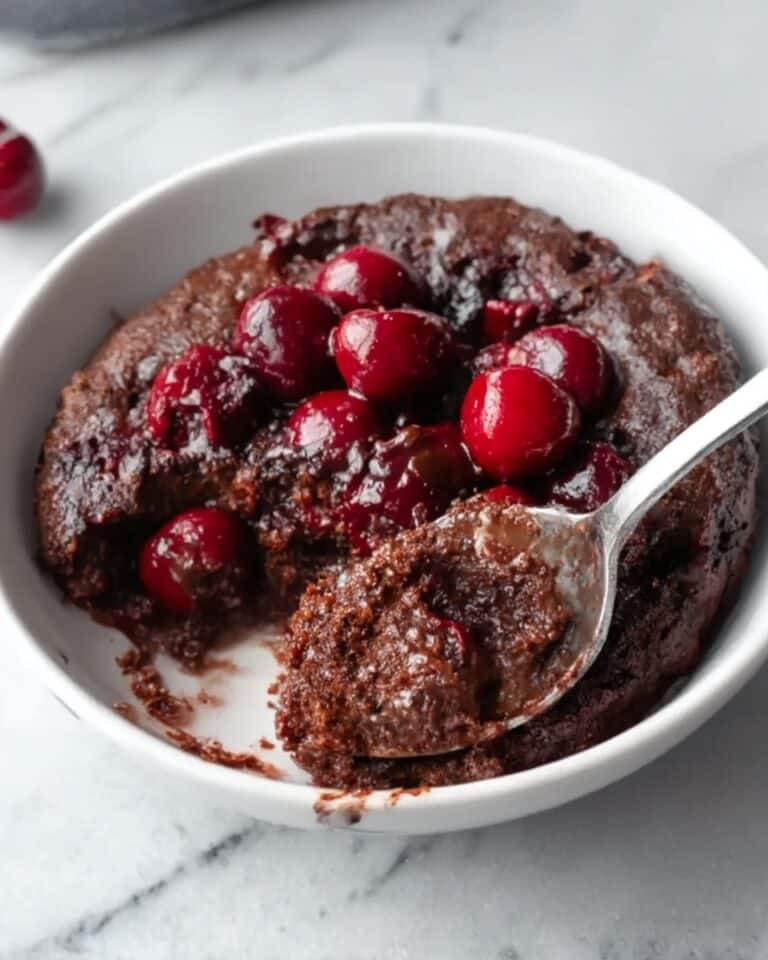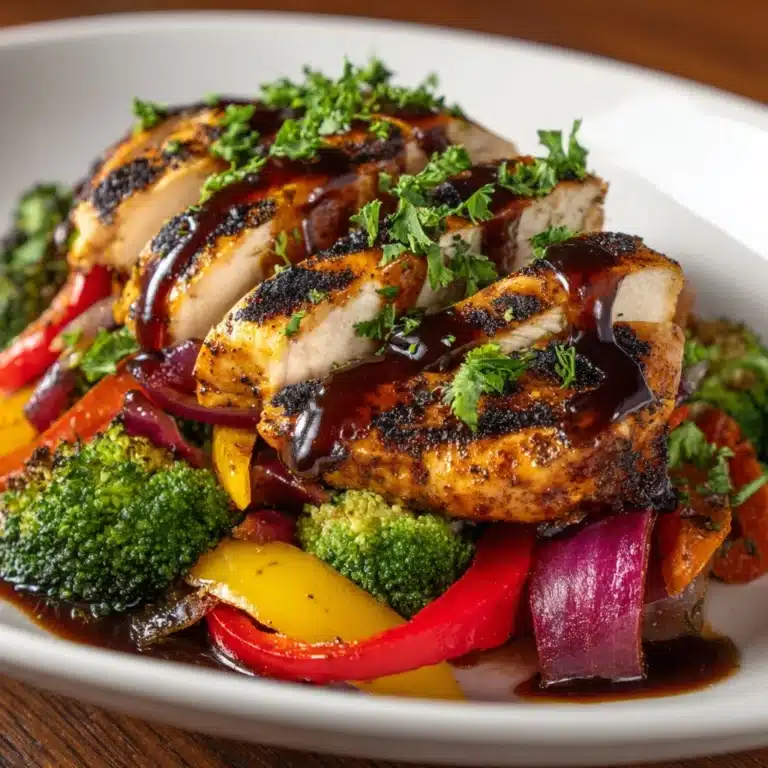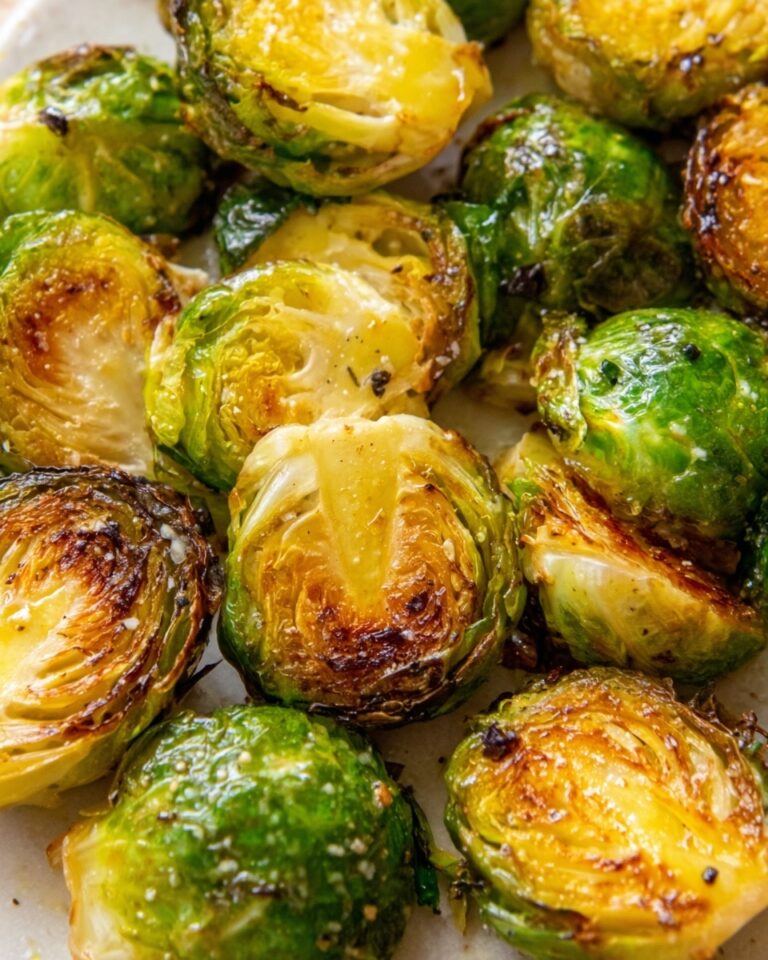Homemade White Bread Recipe
If there’s one kitchen experience that feels both nostalgic and impressive, it’s pulling a loaf of Homemade White Bread from the oven. The smell alone is enough to fill your entire home with cozy, bakery-worthy warmth. This bread is soft but sturdy, with a slightly sweet flavor and a golden crust that’s irresistible whether you’re slathering it with butter for breakfast or building the world’s best sandwich. If you’ve never baked bread from scratch before, you’re in for a treat—this recipe is straightforward, reliable, and guaranteed to become your new go-to.
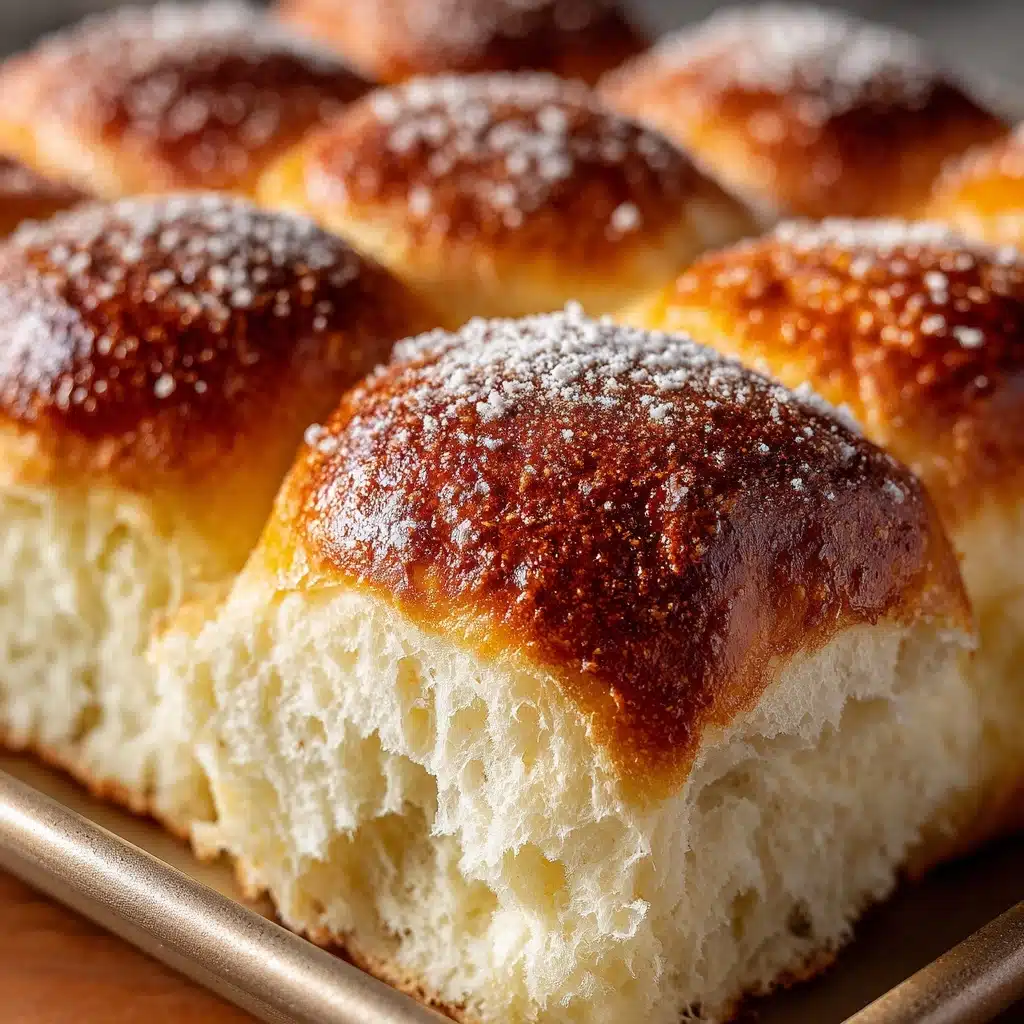
Ingredients You’ll Need
The beauty of Homemade White Bread is that it only calls for pantry staples, but each ingredient plays a crucial part in creating that classic loaf. Here’s how these humble ingredients work together to produce such magical results.
- Warm Water (1 cup): The perfect temperature is key—warm, not hot—so the yeast activates but doesn’t die.
- Granulated Sugar (2 tablespoons): Sweetness isn’t just for taste; sugar helps feed the yeast for a fantastic rise.
- Active Dry Yeast (2 1/4 teaspoons or 1 packet): This is what lifts your loaf and gives it that light, airy crumb everyone loves.
- Unsalted Butter, Melted (2 tablespoons): Adds richness and softness, ensuring your bread is tender inside.
- Salt (1 1/2 teaspoons): Don’t skip it! Salt balances the sweetness and highlights every flavor in the loaf.
- All-Purpose Flour (3 cups, plus extra for kneading): All-purpose is perfect for a soft crumb with enough strength to slice.
- Vegetable Oil (1 tablespoon, for greasing): A bit of oil keeps your dough from sticking and makes the finished loaf easy to remove from the pan.
How to Make Homemade White Bread
Step 1: Activate the Yeast
Every fantastic loaf of Homemade White Bread starts with lively yeast. Pour the warm water into a large mixing bowl and mix in the sugar until dissolved. Sprinkle the yeast right on top and let it sit, undisturbed, for 5 to 10 minutes. Soon you’ll see it bubble and foam—that’s your cue the yeast is ready, and your bread will rise like a dream!
Step 2: Form the Dough
Stir the melted butter and salt into the foamy yeast mixture. Now comes the flour: Add it gradually, about a cup at a time, stirring well after each addition. The dough will go from a thick batter to a shaggy mass. This is your sign that it’s ready for the next step—kneading!
Step 3: Knead Until Silky
Turn the dough out onto a surface dusted generously with extra flour. Roll up your sleeves, and knead for 8 to 10 minutes. At first, the dough will be a little sticky, but you’ll feel it transform under your hands—becoming smooth, elastic, and satisfyingly resilient. If it sticks too much, sprinkle on a touch more flour, but try not to add too much or your bread might turn dense.
Step 4: First Rise
Now, coat a large bowl with a swirl of vegetable oil. Place your finished dough into the bowl and give it a quick turn so it gets a bit of oil on all sides. Cover the bowl tightly with a clean kitchen towel. Find a warm, draft-free spot and let the dough rise for about an hour. When it’s doubled in size, it’s ready to shape!
Step 5: Shape and Second Rise
Punch down the dough to release any big air bubbles, then gently shape it into a loaf. Tuck it into a greased 9×5-inch pan, seam side down. Loosely cover the pan with your towel and give it another 30 minutes to rise. This second rise is what gives Homemade White Bread its signature pillow-like texture.
Step 6: Bake to Golden Perfection
Set your oven to 375°F (190°C) while the dough finishes rising. Slide the pan into the hot oven and bake for 25 to 30 minutes. The top should be gorgeously golden and the loaf will sound hollow when tapped. For an extra soft, shiny crust, brush the top with melted butter as soon as it comes out of the oven.
Step 7: Cool and Slice
Once you’ve admired your handiwork, let the bread cool in the pan for about 10 minutes. Then, transfer it to a wire rack to finish cooling completely. Patience pays off here—a fully cooled loaf slices cleanly and keeps its tender crumb intact.
How to Serve Homemade White Bread
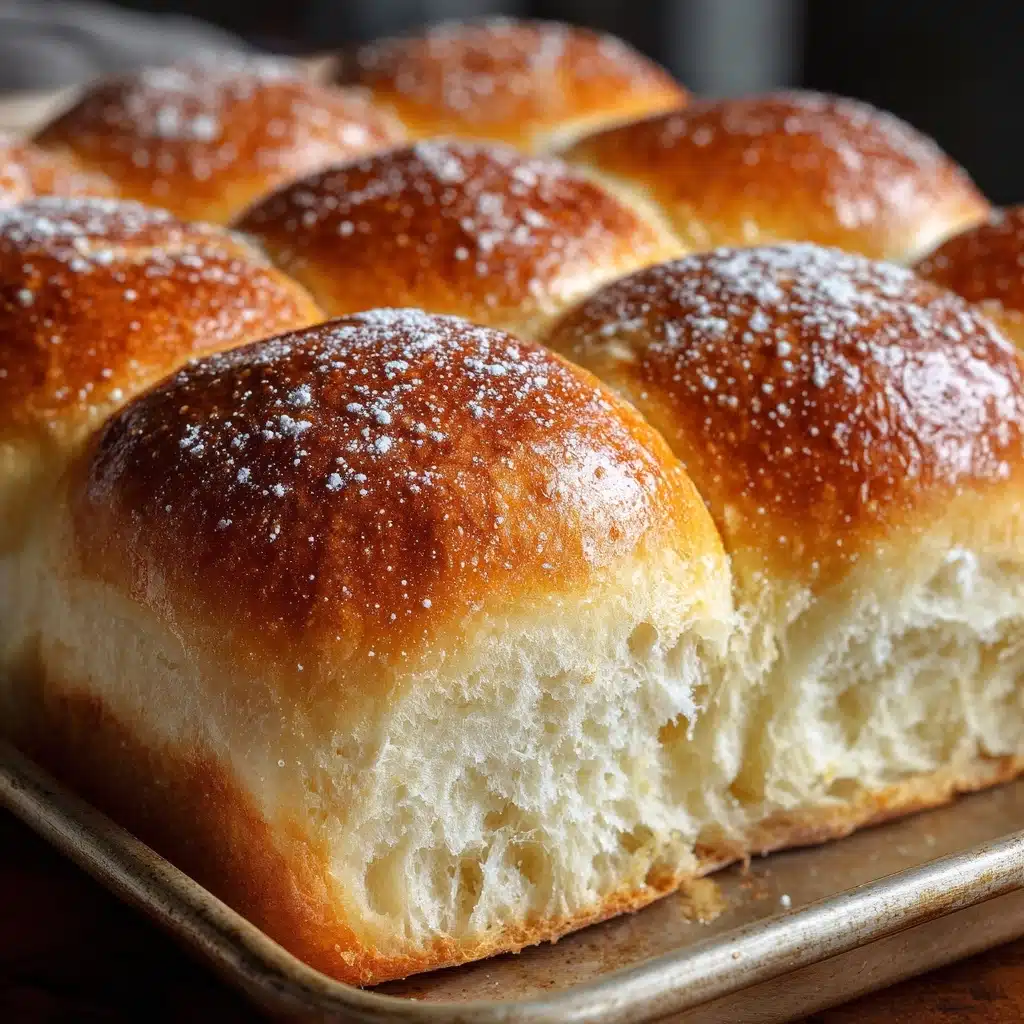
Garnishes
Fresh from the oven, a simple swipe of creamy butter is pure heaven. You can also jazz things up with a sprinkle of flaky sea salt or a drizzle of honey. For special occasions, try brushing the top with melted butter and dusting with sesame or poppy seeds just before serving for a bakery-style finish.
Side Dishes
Homemade White Bread elevates everything it meets. Serve thick slices with a bowl of homemade soup, a vibrant salad, or alongside scrambled eggs for a hearty breakfast. Toasted or fresh, it’s the ideal companion for everything from classic stews to fresh garden veggies.
Creative Ways to Present
Cut your loaf into rustic chunks for a family-style bread basket or slice it thin for elegant finger sandwiches. For brunch, make French toast that’s a cut above anything store-bought. It also makes a beautiful gift—wrap in a tea towel, tie with twine, and share the love (and the recipe!) with a friend or neighbor.
Make Ahead and Storage
Storing Leftovers
Once completely cooled, wrap your Homemade White Bread tightly in plastic wrap or store it in an airtight container. It stays wonderfully fresh at room temperature for about three days, retaining its softness for toast, sandwiches, or just a simple snack.
Freezing
This bread is a dream to freeze. Let it cool fully, then wrap tightly in several layers of plastic wrap or foil and pop into a zip-top freezer bag. It’ll taste as fresh as the day you baked it for up to three months. For the easiest thaw, slice before freezing and take out just what you need.
Reheating
Thawed bread can be freshened up in the oven: Wrap slices in foil and warm at 350°F (175°C) for about 10 minutes. Or pop a slice straight into the toaster for golden, toasty goodness. For an extra treat, brush with a little melted butter before heating.
FAQs
Can I use instant yeast instead of active dry yeast?
Absolutely! You can substitute instant yeast measure-for-measure in this recipe. Just skip the proofing step; add instant yeast right in with the flour and proceed as usual. The rising times may be a bit shorter, so keep an eye on your dough.
How do I know if my dough has risen enough?
A simple finger test works wonders—gently press your finger into the dough. If the indentation slowly springs back, the dough is ready. If it snaps back instantly, give it a few more minutes.
Why is my bread dense or heavy?
Dense bread usually means the dough didn’t rise enough, or too much flour was added. Always measure flour carefully (use the spoon and level method), and make sure your yeast is fresh and foamy before you start.
Can I use whole wheat flour in this Homemade White Bread recipe?
You can! Substitute half of the all-purpose flour with whole wheat for a slightly denser, nuttier loaf. If you replace all the flour with whole wheat, the loaf will be heavier, but still delicious—just add two extra tablespoons of warm water to keep the dough soft.
How can I get a softer crust?
For that irresistibly soft bakery-style crust, brush the top of the hot loaf with melted butter as soon as it comes out of the oven. You’ll seal in moisture and add a beautiful sheen.
Final Thoughts
There’s something magical about turning a few simple ingredients into a loaf of Homemade White Bread that your family will rave about. I hope you’ll give this recipe a try soon—nothing beats the satisfaction of slicing into your own golden, fragrant loaf!
Print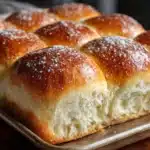
Homemade White Bread Recipe
- Total Time: 2 hours
- Yield: 1 loaf (about 12 slices) 1x
- Diet: Vegetarian
Description
Learn how to make delicious homemade white bread with this simple recipe. This soft and fluffy bread is perfect for sandwiches or to enjoy on its own.
Ingredients
Dough:
- 1 cup warm water (110°F / 43°C)
- 2 tablespoons granulated sugar
- 2 1/4 teaspoons active dry yeast (1 packet)
- 2 tablespoons unsalted butter, melted
- 1 1/2 teaspoons salt
- 3 cups all-purpose flour (plus extra for kneading)
Additional:
- 1 tablespoon vegetable oil (for greasing)
Instructions
- Mix the Yeast: Combine warm water and sugar in a large bowl. Sprinkle yeast over the top and let sit until foamy, about 5–10 minutes.
- Prepare the Dough: Stir in melted butter and salt. Gradually add flour, 1 cup at a time, until a dough forms.
- Knead the Dough: Turn out the dough onto a floured surface and knead for 8–10 minutes until smooth and elastic.
- Rise and Shape: Place the dough in an oiled bowl, cover, and let rise in a warm place for 1 hour. Punch down the dough, shape into a loaf, and let rise in a loaf pan for another 30 minutes.
- Bake: Preheat the oven to 375°F (190°C). Bake the bread for 25–30 minutes until golden and hollow-sounding when tapped. Cool before slicing.
Notes
- For a softer crust, brush the loaf with melted butter after baking.
- This bread freezes well—cool completely, wrap tightly, and freeze for up to 3 months.
- Prep Time: 15 minutes
- Cook Time: 30 minutes
- Category: Bread
- Method: Baking
- Cuisine: American
Nutrition
- Serving Size: 1 slice
- Calories: 130
- Sugar: 3 g
- Sodium: 190 mg
- Fat: 2 g
- Saturated Fat: 1 g
- Unsaturated Fat: 1 g
- Trans Fat: 0 g
- Carbohydrates: 24 g
- Fiber: 1 g
- Protein: 4 g
- Cholesterol: 5 mg



